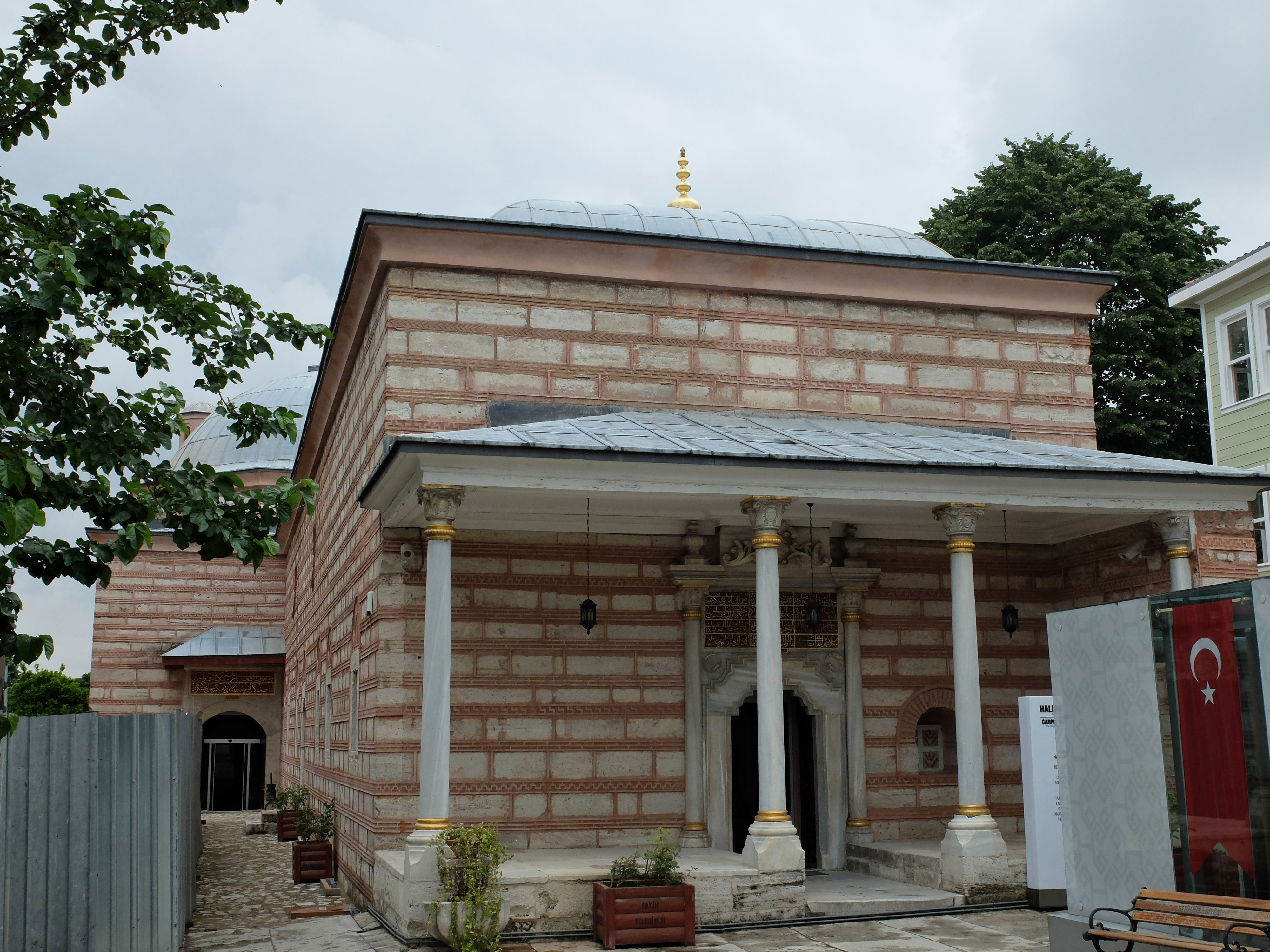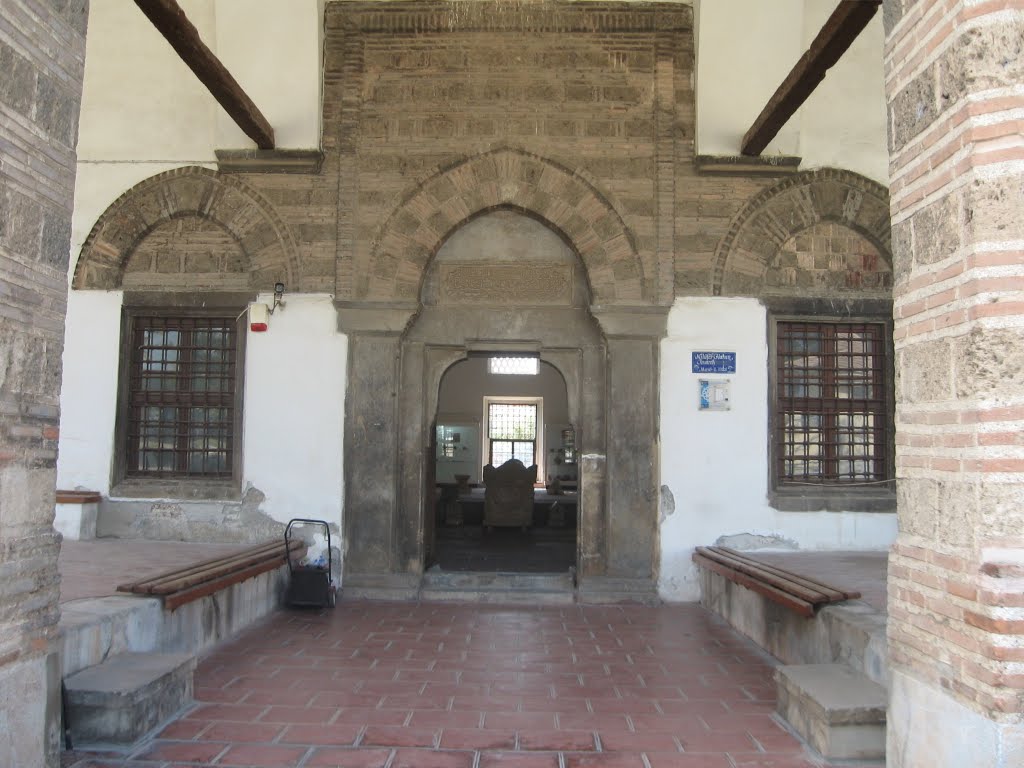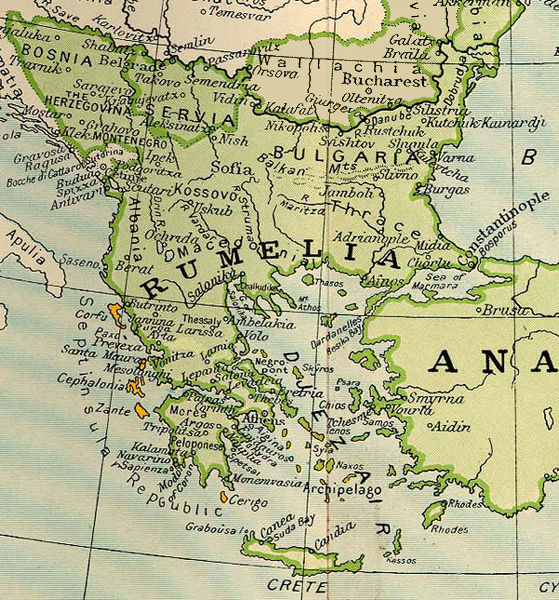|
Imaret
Imaret, sometimes also known as a ''darüzziyafe'', is one of several names used to identify the public soup kitchens built throughout the Ottoman Empire from the 14th to the 19th centuries. These public kitchens were often part of a larger complex known as a ''külliye'', which could include hospices, mosques, caravanserais, and colleges. The imarets provided food that was free of charge to specific groups of people and unfortunate individuals. Imarets were not invented by the Ottomans but developed under their rule as highly structured groups of buildings. Etymology The Turkish word comes from Arabic , which signified "habitation and cultivation" or "the act of building, making habitable". The shift in the word's meaning to denote a religious complex or public kitchen appears to be unique to the Ottoman context. History According to historian Amy Singer, the ''imaret'' is an institution that is "perhaps unique to the Ottomans in its proliferation and purpose." It was ... [...More Info...] [...Related Items...] OR: [Wikipedia] [Google] [Baidu] |
Early Ottoman Architecture
Early Ottoman architecture developed through several stages during the 14th and 15th centuries, prior to the advent of what is generally considered "classical" Ottoman architecture in the 16th century. Ottoman architecture began as a continuation of earlier Seljuk and Beylik architecture while also incorporating local Byzantine influences. The new styles took shape in the capital cities of Bursa and Edirne as well as in other important early Ottoman cities such as Iznik. Three main types of structures predominated in the early period: single-domed mosques (e.g. the Green Mosque in Iznik), "T-plan" buildings (e.g. the Green Mosque in Bursa), and multi-domed buildings (e.g. the Great Mosque of Bursa). Religious buildings were often part of larger charitable complexes (''külliye''s) that included other structures such as madrasas, hammams, tombs, and commercial establishments. The Üç Şerefeli Mosque in Edirne, completed in 1447, features a wide arcaded courtyard leading ... [...More Info...] [...Related Items...] OR: [Wikipedia] [Google] [Baidu] |
Nilüfer Hatun Imareti
Nilüfer Hatun Imareti ( Turkish for "''Nilüfer Hatun's Soup Kitchen''"), a convent annex hospice for dervishes, now housing the Iznik Museum in İznik, Bursa Province, Turkey. This elegant building was erected in 1388 for Murad I who dedicated it to his later mother Nilüfer Hatun. During Murad's reign Nilüfer s recognized as Valide Hatun, the first in Ottoman history to hold this title, and when she died she was buried beside her consort Orhan Gazi in Bursa. Architecture The Imaret is built in single courses of stone alternating with four courses of bricks, its vaults and domes covered with ceramic tiles. The building is preceded by an open ended porch of five bays, with five arches in front and two on either side, carried by a succession of alternating piers and columns. The central bay is surmounted by a small dome, while the four side bays are covered with flat topped cross vaults. Inside, the main hall is a square surmounted by a lofty dome carried on the belt of ... [...More Info...] [...Related Items...] OR: [Wikipedia] [Google] [Baidu] |
Edirne
Edirne (; ), historically known as Orestias, Adrianople, is a city in Turkey, in the northwestern part of the Edirne Province, province of Edirne in Eastern Thrace. Situated from the Greek and from the Bulgarian borders, Edirne was the second capital city of the Ottoman Empire from the 1360s to 1453, before Constantinople became its capital. The city is a commercial centre for woven textiles, silks, carpets and agricultural products and has a growing tourism industry. It is the seat of Edirne Province and Edirne District.İl Belediyesi Turkey Civil Administration Departments Inventory. Retrieved 1 March 2023. Its population is 180,002 (2022). In the local elections on March 31, 2024, lawyer Filiz Gencan Akin was elected as the new mayor of the city of Edirne, succeeding Recep Gürkan, who had been ... [...More Info...] [...Related Items...] OR: [Wikipedia] [Google] [Baidu] |
Ottoman Empire
The Ottoman Empire (), also called the Turkish Empire, was an empire, imperial realm that controlled much of Southeast Europe, West Asia, and North Africa from the 14th to early 20th centuries; it also controlled parts of southeastern Central Europe, between the early 16th and early 18th centuries. The empire emerged from a Anatolian beyliks, ''beylik'', or principality, founded in northwestern Anatolia in by the Turkoman (ethnonym), Turkoman tribal leader Osman I. His successors Ottoman wars in Europe, conquered much of Anatolia and expanded into the Balkans by the mid-14th century, transforming their petty kingdom into a transcontinental empire. The Ottomans ended the Byzantine Empire with the Fall of Constantinople, conquest of Constantinople in 1453 by Mehmed II. With its capital at History of Istanbul#Ottoman Empire, Constantinople (modern-day Istanbul) and control over a significant portion of the Mediterranean Basin, the Ottoman Empire was at the centre of interacti ... [...More Info...] [...Related Items...] OR: [Wikipedia] [Google] [Baidu] |
Waqf
A (; , plural ), also called a (, plural or ), or ''mortmain'' property, is an Alienation (property law), inalienable charitable financial endowment, endowment under Sharia, Islamic law. It typically involves donating a building, plot of land or other assets for Muslim religious or charitable purposes with no intention of reclaiming the assets. A charitable trust may hold the donated assets. The person making such dedication is known as a ('donor') who uses a ''mutawalli'' ('trustee') to manage the property in exchange for a share of the revenues it generates. A waqf allows the state to provide social services in accordance with Islamic law while contributing to the preservation of cultural and historical sites. Although the system depended on several hadiths and presented elements similar to practices from pre-Islamic cultures, it seems that the specific full-fledged Islamic legal form of financial endowment, endowment called dates from the 9th century CE (see below ... [...More Info...] [...Related Items...] OR: [Wikipedia] [Google] [Baidu] |
İznik
İznik () is a municipality and district of Bursa Province, Turkey. Its area is 753 km2, and its population 44,236 (2022). The town is at the site of the ancient city of Nicaea, from which the modern name derives. The town lies in a fertile basin at the eastern end of Lake İznik, with ranges of hills to the north and south. As the crow flies, the town is only southeast of Istanbul but by road it is around the Gulf of İzmit. It is by road from Bursa. İznik has been a district centre of the province of Bursa since 1930 but belonged to the district of Kocaeli between 1923 and 1927. It was a township of Yenişehir district (connected to Bilecik before 1926) between 1927 and 1930. Ancient Nicaea was ringed with walls that survive to this day, despite having been pierced in places to accommodate roads. Inside the walls stands the Ayasofya Mosque where the Second Council of Nicaea was held in A.D. 787. The town is famous for the Iznik tiles and pottery. Etymology İzn ... [...More Info...] [...Related Items...] OR: [Wikipedia] [Google] [Baidu] |
Hebron
Hebron (; , or ; , ) is a Palestinian city in the southern West Bank, south of Jerusalem. Hebron is capital of the Hebron Governorate, the largest Governorates of Palestine, governorate in the West Bank. With a population of 201,063 in the city limits, the adjacent metropolitan area within the governorate is home to over 700,000 people. Hebron spans across an area of . It is the List of cities in Palestine, third largest city in the country after Gaza City, Gaza and East Jerusalem. The city is often considered one of the Four Holy Cities, four holy cities in Judaism as well as in Islam and Christianity. It is considered one of the oldest cities in the Levant. According to the Bible, Abraham settled in Hebron and bought the Cave of the Patriarchs as burial place for his wife Sarah. Biblical tradition holds that the patriarchs Abraham, Isaac, and Jacob, along with their wives Sarah, Rebecca, and Leah, were buried in the cave. The city is also recognized in the Bible as the ... [...More Info...] [...Related Items...] OR: [Wikipedia] [Google] [Baidu] |
Hagia Sophia Imaret DSCF8630
Agia, ayia, aghia, hagia, haghia or AGIA may refer to: *''Agia'', feminine form of ''Agios'', 'saint' Geography Cyprus *Agia, Cyprus *Ayia Napa Greece *Agia, Chania, a town in Chania (regional unit), Crete, Greece *Agia, Larissa, Greece *Agia (Meteora), a rock in Thessaly, Greece *Agia, Preveza, a town in the municipality of Parga, Preveza regional unit, Greece Other uses *Saint Agia (died c. 711), Belgian Catholic saint also known as Aye *Alaska Gasline Inducement Act, Alaskan State law *Agia (moth), ''Agia'' (moth), a synonym of the moth genus ''Acasis'' See also * * * * {{disambig, geo ... [...More Info...] [...Related Items...] OR: [Wikipedia] [Google] [Baidu] |
Istanbul
Istanbul is the List of largest cities and towns in Turkey, largest city in Turkey, constituting the country's economic, cultural, and historical heart. With Demographics of Istanbul, a population over , it is home to 18% of the Demographics of Turkey, population of Turkey. Istanbul is among the List of European cities by population within city limits, largest cities in Europe and List of cities proper by population, in the world by population. It is a city on two continents; about two-thirds of its population live in Europe and the rest in Asia. Istanbul straddles the Bosphorus—one of the world's busiest waterways—in northwestern Turkey, between the Sea of Marmara and the Black Sea. Its area of is coterminous with Istanbul Province. Istanbul's climate is Mediterranean climate, Mediterranean. The city now known as Istanbul developed to become one of the most significant cities in history. Byzantium was founded on the Sarayburnu promontory by Greek colonisation, Greek col ... [...More Info...] [...Related Items...] OR: [Wikipedia] [Google] [Baidu] |
Anatolia
Anatolia (), also known as Asia Minor, is a peninsula in West Asia that makes up the majority of the land area of Turkey. It is the westernmost protrusion of Asia and is geographically bounded by the Mediterranean Sea to the south, the Aegean Sea to the west, the Turkish Straits to the northwest, and the Black Sea to the north. The eastern and southeastern limits have been expanded either to the entirety of Asiatic Turkey or to an imprecise line from the Black Sea to the Gulf of Alexandretta. Topographically, the Sea of Marmara connects the Black Sea with the Aegean Sea through the Bosporus and the Dardanelles, and separates Anatolia from Thrace in Southeast Europe. During the Neolithic, Anatolia was an early centre for the development of farming after it originated in the adjacent Fertile Crescent. Beginning around 9,000 years ago, there was a major migration of Anatolian Neolithic Farmers into Neolithic Europe, Europe, with their descendants coming to dominate the continent a ... [...More Info...] [...Related Items...] OR: [Wikipedia] [Google] [Baidu] |
Rumelia
Rumelia (; ; ) was a historical region in Southeastern Europe that was administered by the Ottoman Empire, roughly corresponding to the Balkans. In its wider sense, it was used to refer to all Ottoman possessions and Vassal state, vassals in Europe. These would later be geopolitically classified as "the Balkans", although Hungary and Moldova are sometimes excluded. In contemporary English sources, Rumelia was known as Turkey in Europe. Etymology ''Rûm'' in this context means 'Roman' and ''ėli'' means 'land', and thus ''Rumelia'' (, ''Rūm-ėli''; Turkish language, Turkish: ''Rumeli'') means 'Land of the Romans' in Ottoman Turkish language, Ottoman Turkish. It refers to the lands conquered by the Ottoman Empire in the Balkans, most of which formerly belonged to the Byzantine Empire, known by its contemporaries as the Eastern Roman Empire, Roman Empire. Although the term ''Byzantine Empire'' is used by modern historians, the empire's citizens and emperors called themselves Ro ... [...More Info...] [...Related Items...] OR: [Wikipedia] [Google] [Baidu] |
Balkans
The Balkans ( , ), corresponding partially with the Balkan Peninsula, is a geographical area in southeastern Europe with various geographical and historical definitions. The region takes its name from the Balkan Mountains that stretch throughout the whole of Bulgaria. The Balkan Peninsula is bordered by the Adriatic Sea in the northwest, the Ionian Sea in the southwest, the Aegean Sea in the south, the Turkish straits in the east, and the Black Sea in the northeast. The northern border of the peninsula is variously defined. The highest point of the Balkans is Musala, , in the Rila mountain range, Bulgaria. The concept of the Balkan Peninsula was created by the German geographer August Zeune in 1808, who mistakenly considered the Balkan Mountains the dominant mountain system of southeastern Europe spanning from the Adriatic Sea to the Black Sea. In the 19th century the term ''Balkan Peninsula'' was a synonym for Rumelia, the parts of Europe that were provinces of the Ottoman E ... [...More Info...] [...Related Items...] OR: [Wikipedia] [Google] [Baidu] |









